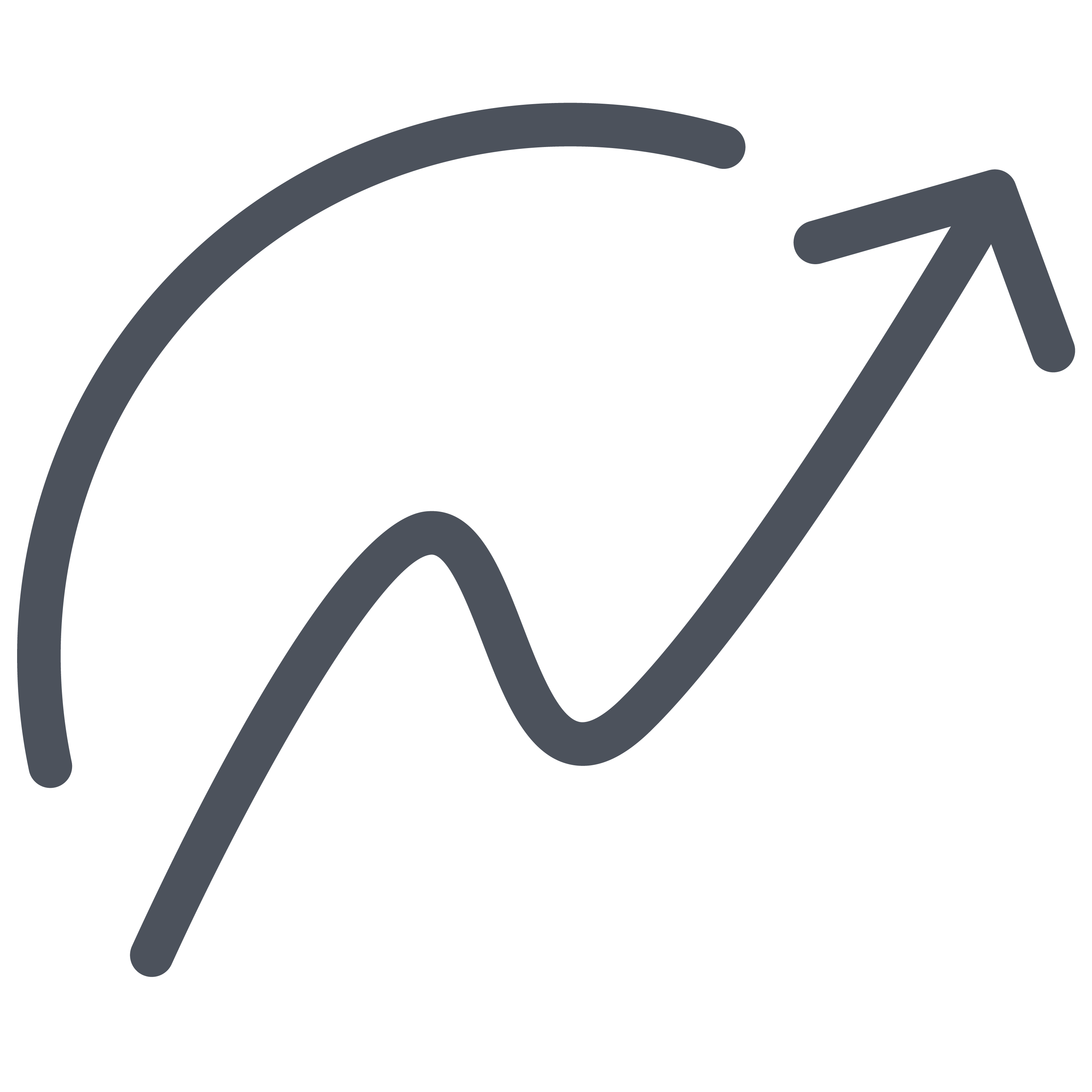Core intervention: Sensory reduction
What is sensory reduction?
Sensory reduction aims to identify the symptoms that occur with increasing sensory overload, allowing you to subsequently apply practical changes to prevent or reduce sensory overload. By consistently monitoring the level of sensory overload, you not only gain more insight but also enhance awareness and develop strategies for checking in with your feelings.
When to use intervention?
Sensory reduction is used to address the core symptoms of ADHD. The ADHD model explains how sensory processing plays a role in symptoms such as attention deficit, hyperactivity, and/or impulsivity. By focusing on reducing or regulating sensory stimuli, these symptoms can be alleviated, making it easier to address other issues such as behaviour change, impulsivity, frustration tolerance, or self-esteem.
💡 How do you do this in NiceDay?
In sensory reduction, it is important to gather concrete examples of symptoms associated with sensory overload. Then, you create an overview and brainstorm concrete changes to manage sensory overload. You can do this as follows:
- To collect a large number of current examples, you can enable the "Overstimulated" tracker in NiceDay. With this tracker, your client can keep track of the degree of overstimulation (1-10) and select from a list of common complaints what they are experiencing.
- In addition, you can ask your client to reflect on themselves or their surroundings to identify typical signs of overstimulation. It is also valuable to observe how someone feels and behaves when there is no overstimulation at all.
- In a subsequent session, you will create an overview together of all examples of complaints and overstimulation. You can use metaphors like a thermometer or traffic light for this, or create a classification ranging from "none/not" to "mild" to "moderate" to "significant" to "severe." You can do this on paper or use a digital whiteboard. An example of a filled-out overview can be found at the end of this document.
- Make all examples as specific as possible. You can use categories like:
- Thoughts. For example, having more difficulty making choices or experiencing many distracting thoughts.
- Emotions. Such as irritation, frustration, or reacting emotionally involuntarily.
- Behaviour. Like procrastination, canceling appointments, or hyperactivity.
- Physical sensations. Such as restlessness, inability to sit still, or headaches.
- Consequences of behaviour. For instance, receiving comments from the environment or facing criticism for mistakes made.
- Next, you will brainstorm examples of helpful behaviour. For instance, taking breaks or engaging in relaxing activities. To make it as specific as possible, you can link the examples to the degree of overstimulation or even to the different categories.
- As a final step, you will implement the helpful behaviour in practice. Try to make this as concrete as possible. For example, make agreements on how and when to intervene in case of overstimulation, adjust daily or weekly schedules to minimize overstimulation, or use reminders to regularly check how your client is feeling.
Overstimulated tracker

Bronnen
- Vink, S. (2021). Cognitieve gedragstherapie bij volwassenen met ADHD. Handleiding voor therapeuten. BSL.
- Vink, S (2021). Los van de chaos. Werkboek voor cliënten. BSL.
